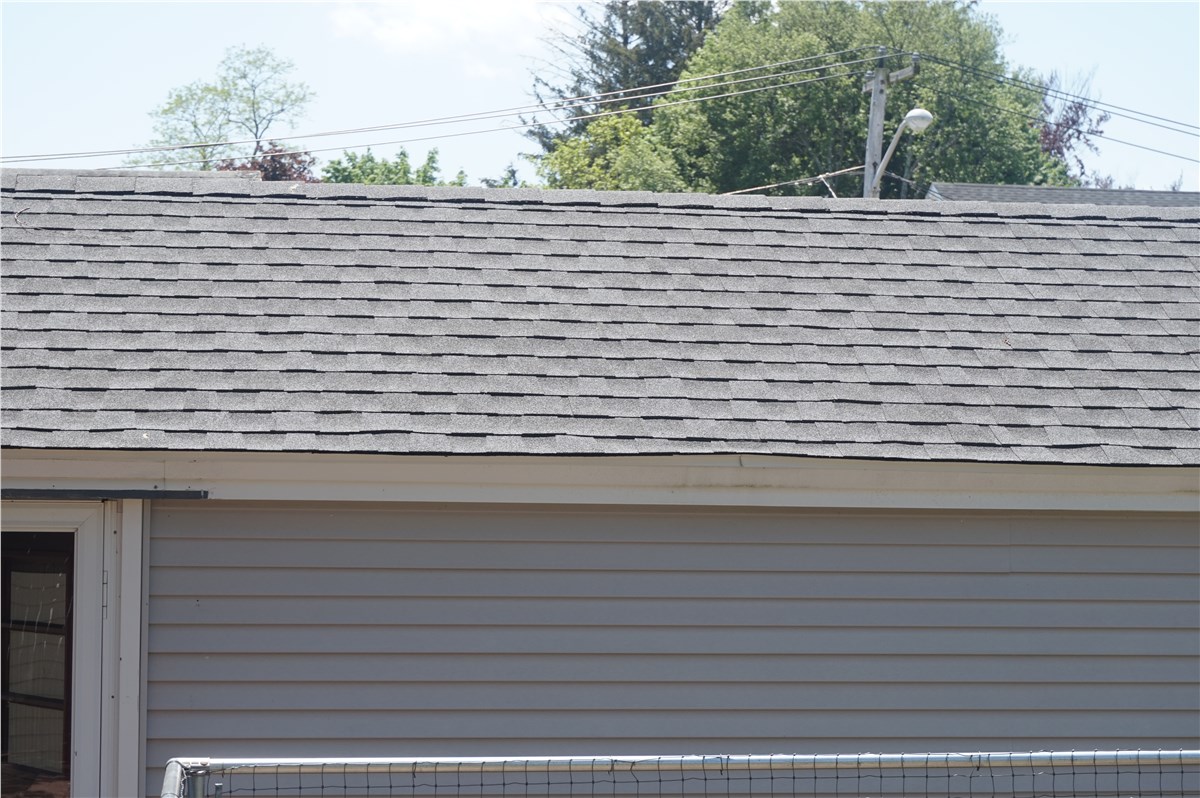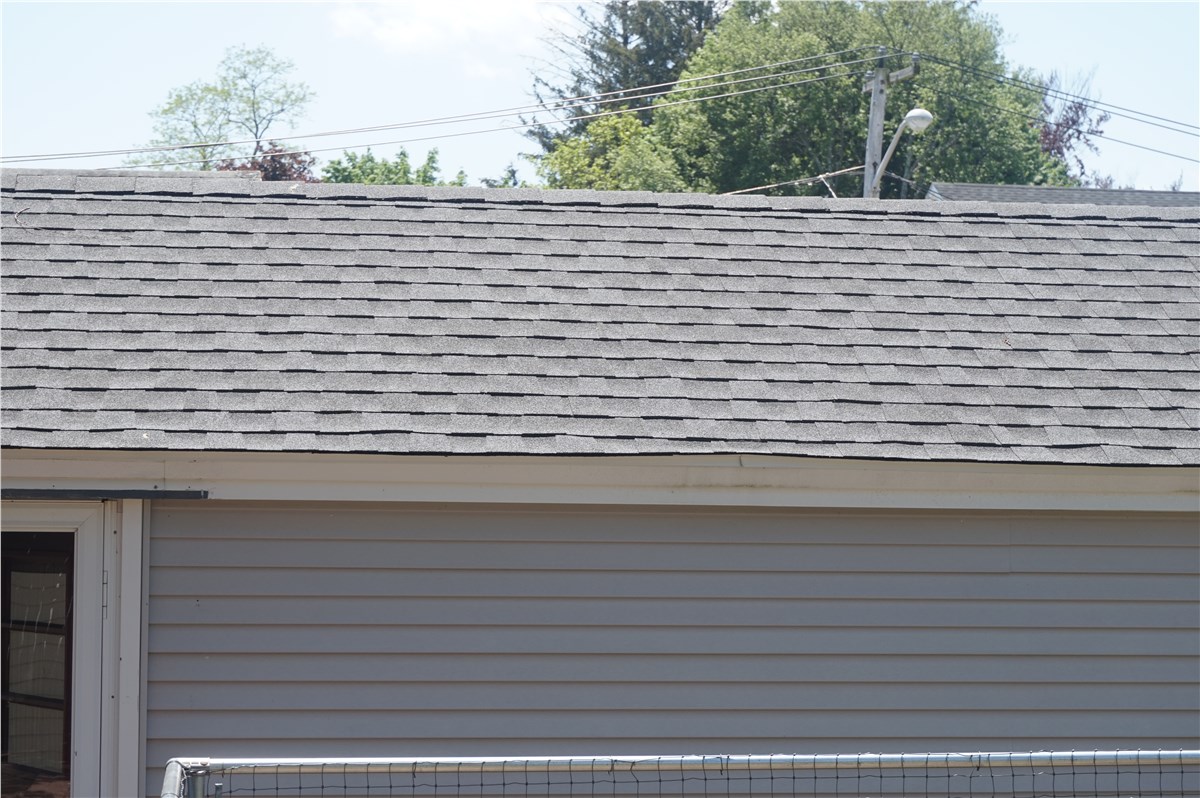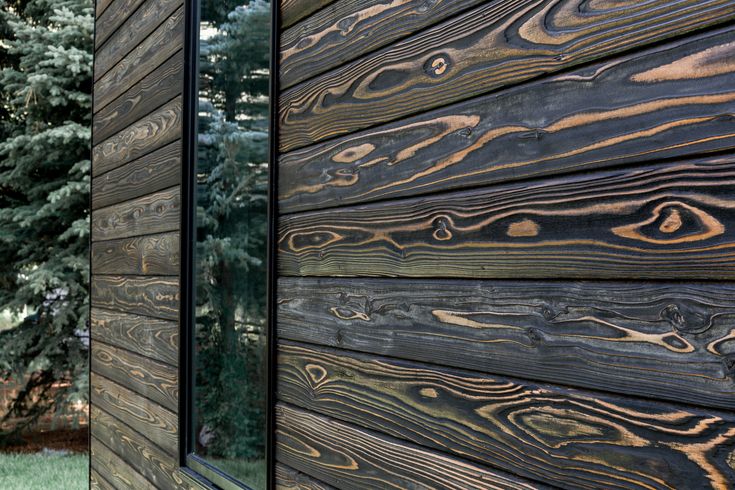Title: The Ultimate Guide to Fiber Cement Siding Installation
Kicking off with fiber cement siding installation, this guide provides a comprehensive overview of the process, benefits, maintenance tips, cost considerations, and more. Whether you're a DIY enthusiast or looking to hire professionals, this guide has got you covered.
Fiber Cement Siding Installation Process
Installing fiber cement siding is a multi-step process that requires careful attention to detail to ensure a successful outcome. Below is a breakdown of the steps involved in the installation process, along with the tools and materials required for the job.
Step-by-Step Installation Process
- Prepare the surface: Clean the existing surface and make any necessary repairs to ensure a smooth base for the siding.
- Measure and cut the siding: Take accurate measurements of the area to be covered and cut the siding panels to fit accordingly.
- Install corner pieces: Begin by installing corner pieces to provide a clean finish and secure starting point for the siding.
- Attach the siding panels: Secure the siding panels to the surface using nails or screws, ensuring they are properly aligned and spaced.
- Apply trim and accessories: Install trim pieces and accessories to complete the look and add extra protection to the edges and corners.
- Finish with caulking and painting: Seal any gaps with caulking and paint the siding to protect it from the elements and enhance its appearance.
Tools and Materials Required
- Fiber cement siding panels
- Nails or screws
- Caulking and caulking gun
- Saw for cutting siding
- Tape measure
- Hammer or drill
- Level
- Ladder or scaffolding
Importance of Proper Preparation
Before installing fiber cement siding, it is crucial to properly prepare the surface to ensure the best results. This includes repairing any damage, cleaning the area thoroughly, and making sure the surface is level and free of debris. Proper preparation helps the siding adhere better, reduces the risk of moisture damage, and ensures a professional-looking finish.
Advantages of Fiber Cement Siding
Fiber cement siding offers a range of benefits that make it a popular choice for homeowners looking to enhance the durability and aesthetic appeal of their properties.
Durability
Fiber cement siding is known for its exceptional durability, making it resistant to rot, pests, and harsh weather conditions. Unlike wood siding, fiber cement does not warp, crack, or fade over time, ensuring long-lasting protection for your home.
Low Maintenance
One of the major advantages of fiber cement siding is its low maintenance requirements. Unlike wood siding that needs regular painting and sealing, fiber cement only requires occasional cleaning to maintain its appearance, saving you time and money in the long run.
Fire Resistance
Fiber cement siding is non-combustible, making it an excellent choice for homeowners in areas prone to wildfires. This added fire resistance can provide peace of mind and potentially lower insurance premiums for your property.
Aesthetic Appeal
With a variety of colors, textures, and styles available, fiber cement siding can enhance the curb appeal of your home. Whether you prefer a traditional look or a modern design, fiber cement siding offers versatility to match your aesthetic preferences.
Environmentally Friendly
Made from sustainable materials like sand, cement, and cellulose fibers, fiber cement siding is an eco-friendly choice for environmentally conscious homeowners. Additionally, its long lifespan and low maintenance needs contribute to a reduced environmental impact compared to other siding materials.
Maintenance Tips for Fiber Cement Siding
Proper maintenance is crucial to ensure the longevity and durability of fiber cement siding. By following these maintenance tips, you can keep your siding looking great for years to come.
Cleaning Fiber Cement Siding
Regular cleaning is essential to prevent dirt and grime buildup on your fiber cement siding. Here's how you can clean it without causing any damage:
- Use a soft-bristle brush or a cloth to remove loose dirt and debris from the siding.
- Mix water with mild soap or detergent and gently scrub the siding using a soft brush or sponge.
- Rinse the siding thoroughly with clean water to remove any soap residue.
- Avoid using high-pressure washers, as they can damage the surface of the siding.
Common Issues and Solutions
Despite its durability, fiber cement siding may encounter some common issues over time. Here are a few problems you might face and how to address them:
- Moisture Damage:Inspect the siding regularly for any signs of moisture damage, such as warping or swelling. Repair any damaged areas promptly to prevent further issues.
- Paint Peeling:If you notice paint peeling off the siding, it's essential to repaint the affected areas to maintain the protective layer and prevent water penetration.
- Mold and Mildew:Clean the siding regularly to prevent the growth of mold and mildew. Use a mixture of water and bleach to remove any existing mold and mildew stains.
Cost Considerations and Budgeting
When planning a fiber cement siding installation project, it is crucial to consider the cost implications and budget accordingly. Understanding the breakdown of costs involved and how it compares to long-term savings can help you make informed decisions and manage your budget effectively.
Cost Factors Involved
- Materials: The cost of fiber cement siding materials will depend on the quality, brand, and quantity needed for your project.
- Labor: Hiring professional installers will incur labor costs, which can vary based on the complexity of the installation and the rates of the contractors.
- Additional Supplies: You may need additional supplies such as nails, trim pieces, and paint, which will add to the overall cost.
- Permit Fees: Some areas may require permits for siding installation, so budgeting for permit fees is essential.
Initial Cost vs. Long-Term Savings
- Initial Cost: While fiber cement siding may have a higher upfront cost compared to other siding options, it is a durable and low-maintenance material that can provide long-term savings in terms of reduced maintenance and repair costs.
- Long-Term Savings: Fiber cement siding is known for its longevity and resistance to elements, which can translate into savings over time by avoiding frequent replacements or repairs.
Tips on Budgeting
- Get Multiple Quotes: Obtain quotes from different contractors and suppliers to compare prices and choose the most cost-effective option.
- Plan for Contingencies: Set aside a contingency fund in your budget to account for unexpected expenses or changes in the project scope.
- Prioritize Essentials: Identify essential aspects of the project that you cannot compromise on and allocate your budget accordingly to ensure quality results.
- Consider Financing Options: Explore financing options such as loans or payment plans to spread out the cost of the project over time if needed.
Ending Remarks
In conclusion, fiber cement siding installation offers a durable, low-maintenance solution that can enhance the curb appeal of any property. By following the tips and guidelines Artikeld in this guide, you can ensure a successful siding project that will stand the test of time.
User Queries
What are the common tools required for fiber cement siding installation?
Common tools include a circular saw, caulk gun, utility knife, and a nail gun.
How do I clean fiber cement siding without causing damage?
Use a soft brush or cloth with a mixture of mild soap and water to gently clean the siding.
What are the long-term savings associated with choosing fiber cement siding?
While the initial cost may be higher, fiber cement siding requires minimal maintenance and is highly durable, leading to long-term cost savings.


